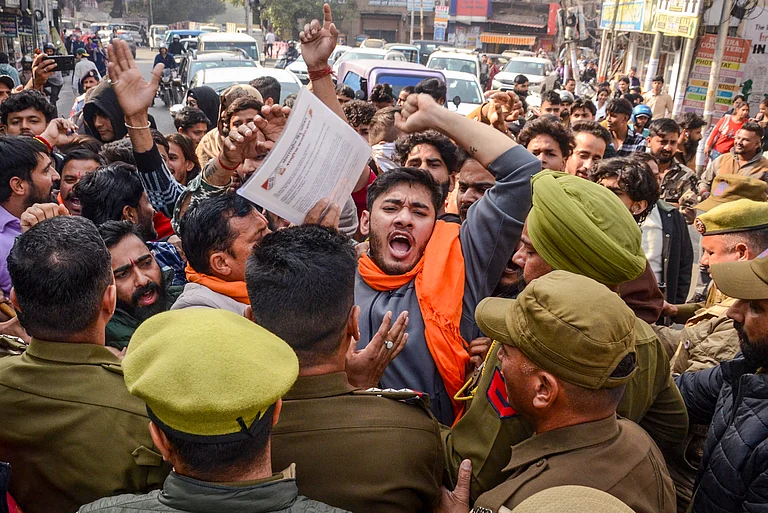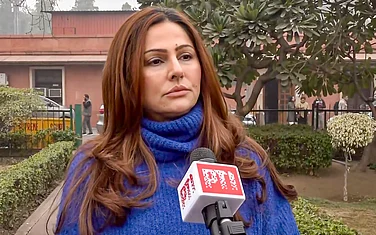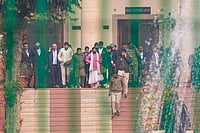Amidst widespread media coverage of a report on the significantly growing Muslim population and shrinking Hindu population in India within the time frame of 1950 to 2015, the Population Foundation of India (PFI), an independent think tank, raised concerns against the media's 'selective portrayal of data' and termed it 'misleading' and 'inaccurate' reporting.
A day before, based on a study titled 'Share of Religious Minorities: A Cross-Country Analysis (1950-2015)' released by the Prime Minister’s Economic Advisory Council (PM-EAC), several news outlets published news articles highlighting the changes in the country's population from the religious point of view.
Across publications, the headlines primarily emphasized a notable shift in India's demographic landscape as the Muslim population's share increased from 9.84 percent in 1950 to 14.09 percent in 2015 while the share of Hindu population exhibited a decline from 84.68 percent to 78.06 percent over the same period.
What did PFI say?
According to Poonam Muttreja, Executive Director, PFI, "The study's focus on changes in the share of majority and minority religious groups globally over a 65-year period should not be used to incite fear or discrimination against any community. The media's selective portrayal of data to highlight the increase in the Muslim population is an example of misrepresentation that ignores broader demographic trends."
Citing the Census of India data, PFI rather highlighted a nuanced representation of demographic trends. According to the Census, over the past three decades, the decadal growth rate among Muslims has been following a downward trajectory compared to the Hindus.
"Specifically, the decadal growth rate for Muslims decreased from 32.9 per cent in 1981-1991 to 24.6 percent in 2001-2011. This decline is more pronounced than that of Hindus, whose growth rate fell from 22.7 per cent to 16.8 per cent over the same period. The census data is available from 1951 to 2011 and is quite similar to the data in this study, indicating that these numbers are not new," PFI said in a statement.


Furthermore, citing examples of Kerala and Tamil Nadu, PFI also mentioned that the Total Fertility Rate (TFR) among all religious groups has been steadily declining owing to several broader socio-economic factors including access to education and healthcare which share a direct relation with lower fertility rates across all religious lines.
According to Muttreja, the most effective way to manage population growth is through investing in education, economic development, and equality.
“Our analysis indicates that women's education is the most critical factor in reducing fertility rates. Therefore, interventions should focus on providing education and family planning services irrespective of religion,” she said.




























